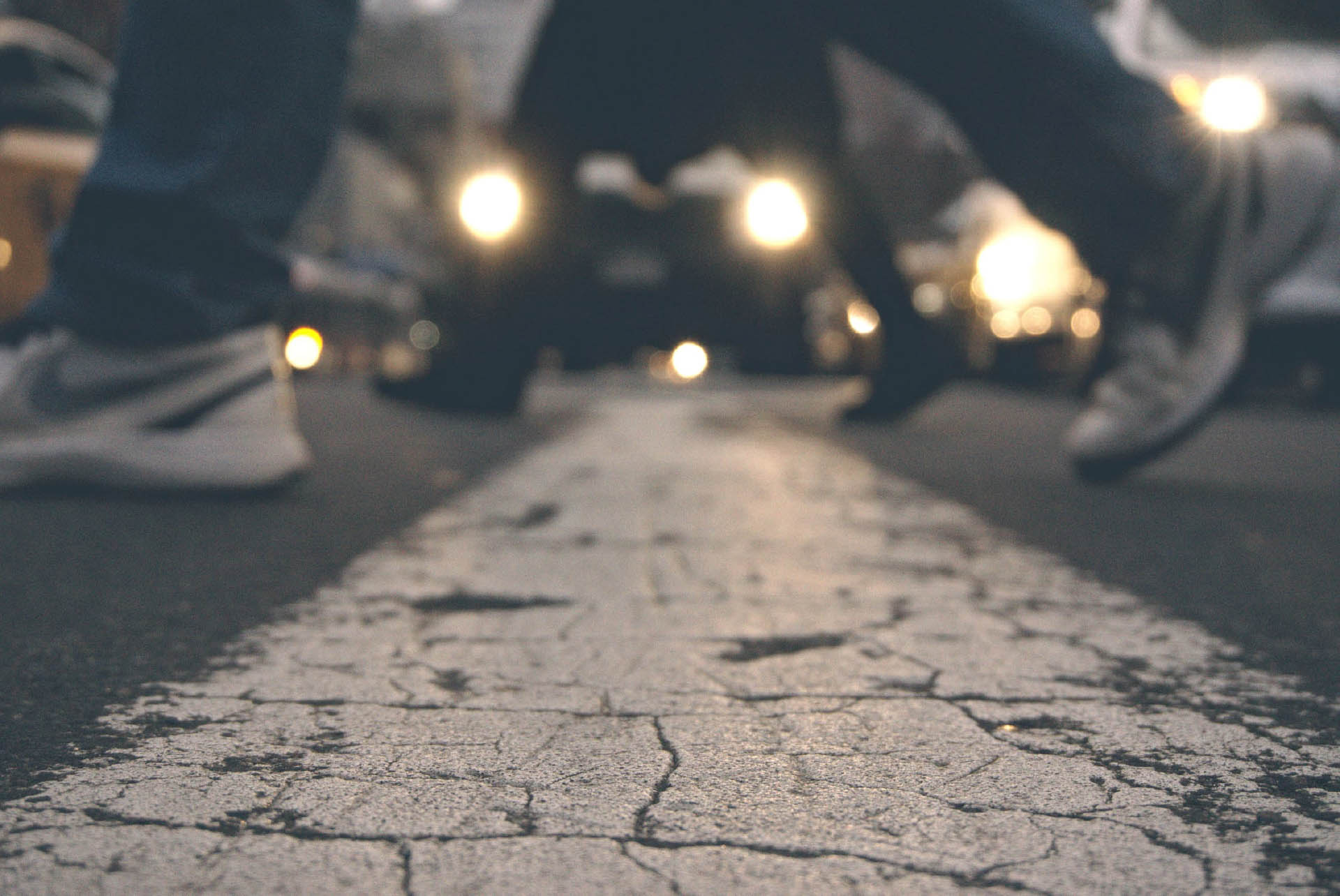Of all forms of exercise and modes of transportation, walking is the most accessible to the majority of Americans, requiring no special equipment, training, or cost. However, pedestrian activity does require space. Over the 20th century, space for pedestrian activity became increasingly scarce as the automobile became the primary mode of transportation, altering our cities and removing many residential areas to suburbs distant from workplaces, grocery stores, and services.
Making cities more walkable offers myriad benefits for inhabitants and their overall wellbeing. Regular walking is not only good for the body, but also for the mind. Read on while we outline the physical and mental benefits that more walkable cities can provide.
Physical Benefits of Walking
Many recent studies detail the role of exercise and regular physical activity in fending off conditions link . The risk of colon cancer, heart disease, diabetes, and other conditions is significantly lower among those who get regular exercise. In fact, a recent Cambridge University study indicated that lack of exercise increases risk of death twice as much as obesity.
More walkable communities also affect the health of inhabitants by placing critical goods and services in walking proximity to residences. If important things like medical care, groceries, and schools are only accessible by car, individuals or families who cannot afford vehicles are left at a serious disadvantage when it comes to maintaining their health.
Heavily auto-dependant communities are also more dangerous. Particularly in lower-income communities, pedestrians are twice as likely to be killed by traffic than in affluent neighborhoods. Minorities are also at a disadvantage: compared to white pedestrians, African-Americans are 60 percent more likely to be killed by cars, and Latinos 43 percent more likely.
Mental Benefits of Walking
Mental and physical health are correlated, and it’s no wonder that the health benefits of regular walking extend to an individual’s mental health. Regular exercise can change the brain in ways that protect and improve memory and thinking skills, and walking displays benefits ranging from reducing stress and promoting better sleep to increasing creativity and self esteem.
As growing American cities have spread into sprawling suburbs that privilege automotive transportation and pedestrian access has become increasingly limited, the demand for more walkable cities has become clear. Part of CREED LA’s mission is to ensure that the construction industry in Los Angeles supports projects with positive impacts for the community. Making LA and its communities more walkable will benefit everyone, and as our cities continue to grow and change, these benefits must inform the way we design our cities and the communities they contain. To find out more about how we work to build a better construction industry in LA, contact us online or call us at (877) 810-7473.

